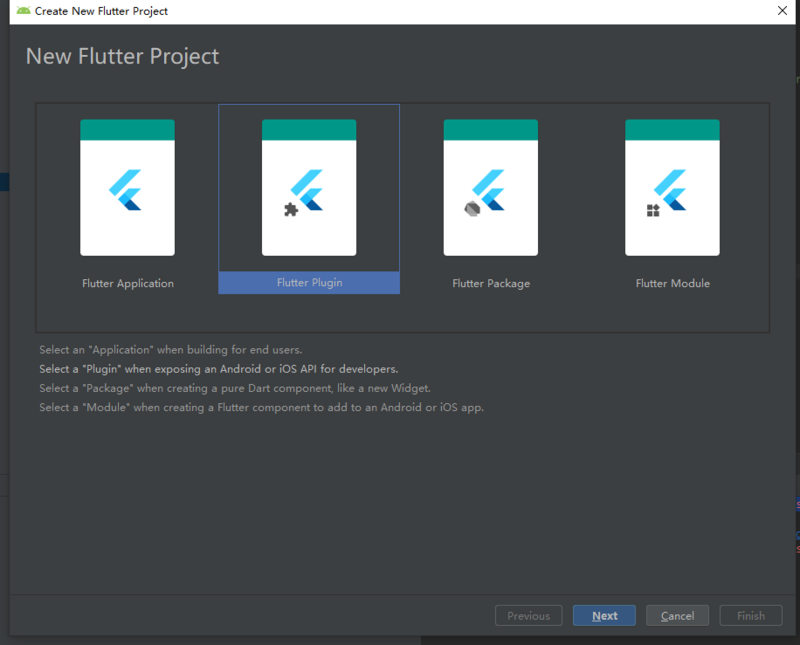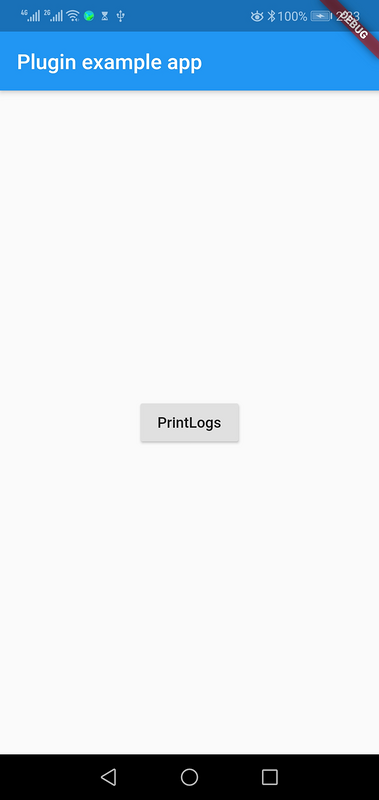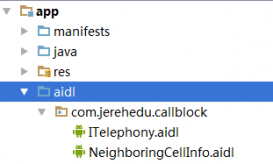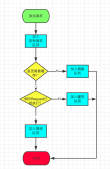当你在开发flutter应用的时候,有时会需要调用native的api,往往遇到flutter并没有相应的package, 这时候flutter plugin就开始发挥作用了,这篇文章将会讲解开发一个简单flutter plugin的步骤和方法,好了,让我们开始动手吧。
1.在Android Studio 中创建一个Flutter Plugin 项目,如下图

上图中你能看到项目描述中写到,如果需要暴露Andorid或iOS的API给开发者时,选择"Plugin"项目类型。
这个项目我们命名为:flutter_native_log_plugin, 当我们完成创建项目后,有两个文件我们需要看一看, 一个是位于android/src下的FlutterNativeLogPlugin.java, 这段代码是用来和本地设备交互,然后将交互结果返回供flutter前端调用, 如下所示:
|
1
2
3
4
5
6
7
8
9
10
11
12
13
14
15
16
17
18
19
20
21
22
23
24
25
26
|
package com.cube8.flutter_native_log_plugin;import io.flutter.plugin.common.MethodCall;import io.flutter.plugin.common.MethodChannel;import io.flutter.plugin.common.MethodChannel.MethodCallHandler;import io.flutter.plugin.common.MethodChannel.Result;import io.flutter.plugin.common.PluginRegistry.Registrar;/** FlutterNativeLogPlugin */public class FlutterNativeLogPlugin implements MethodCallHandler { /** Plugin registration. */ public static void registerWith(Registrar registrar) { final MethodChannel channel = new MethodChannel(registrar.messenger(), "flutter_native_log_plugin"); channel.setMethodCallHandler(new FlutterNativeLogPlugin()); } @Override public void onMethodCall(MethodCall call, Result result) { if (call.method.equals("getPlatformVersion")) { result.success("Android " + android.os.Build.VERSION.RELEASE); } else { result.notImplemented(); } }} |
另一个 /lib/mian.dart文件,这段代码是主要用来和native代码交互, 如下所示:
|
1
2
3
4
5
6
7
8
9
10
11
12
13
|
import 'dart:async';import 'package:flutter/services.dart';class FlutterNativeLogPlugin { static const MethodChannel _channel = const MethodChannel('flutter_native_log_plugin'); static Future<String> get platformVersion async { final String version = await _channel.invokeMethod('getPlatformVersion'); return version; }} |
2.现在我们开始编写我们的Plugin.
在lib/flutter_native_log_plugin.dart 文件中,我们先创建一个新的方法,代码如下:
|
1
2
3
4
5
6
7
8
9
10
11
12
13
14
15
16
17
18
19
20
21
22
23
24
25
26
27
28
29
30
31
32
33
|
import 'dart:async';import 'package:flutter/material.dart';import 'package:flutter/services.dart';enum Log { DEBUG, WARNING, ERROR }class FlutterNativeLogPlugin { static const MethodChannel _channel = const MethodChannel('flutter_native_log_plugin'); static Future<String> printLog( {Log logType, @required String tag, @required String msg}) async { String log = "debug"; if (logType == Log.WARNING) { log = "warning"; } else if (logType == Log.ERROR) { log = "error"; } else { log = "debug"; } final Map<String, dynamic> params = <String, dynamic>{ 'tag': tag, 'msg': msg, 'logType': log }; final String result = await _channel.invokeMethod('printLog', params); return result; }} |
在Android端,我们将android/src下的FlutterNativePlugin.java改写如下:
|
1
2
3
4
5
6
7
8
9
10
11
12
13
14
15
16
17
18
19
20
21
22
23
24
25
26
27
28
29
30
31
32
33
34
35
36
37
38
39
40
41
42
43
|
package com.cube8.flutter_native_log_plugin;import android.util.Log;import io.flutter.plugin.common.MethodCall;import io.flutter.plugin.common.MethodChannel;import io.flutter.plugin.common.MethodChannel.MethodCallHandler;import io.flutter.plugin.common.MethodChannel.Result;import io.flutter.plugin.common.PluginRegistry.Registrar;/** * FlutterNativeLogPlugin */public class FlutterNativeLogPlugin implements MethodCallHandler { /** * Plugin registration. */ public static void registerWith(Registrar registrar) { final MethodChannel channel = new MethodChannel(registrar.messenger(), "flutter_native_log_plugin"); channel.setMethodCallHandler(new FlutterNativeLogPlugin()); } @Override public void onMethodCall(MethodCall call, Result result) { if (call.method.equals("printLog")) { String msg = call.argument("msg"); String tag = call.argument("tag"); String logType = call.argument("logType"); if (logType.equals("warning")) { Log.w(tag, msg); } else if (logType.equals("error")) { Log.e(tag, msg); } else { Log.d(tag, msg); } result.success("Logged Successfully!"); } else { result.notImplemented(); } }} |
3.测试plugin。当开发完了我们的plugin之后,我们需要测试这个新plugin是否可用,于是对example/lib的main.dart文件作如下修改:
|
1
2
3
4
5
6
7
8
9
10
11
12
13
14
15
16
17
18
19
20
21
22
23
24
25
26
27
28
29
30
31
32
33
34
35
36
37
38
39
40
41
42
43
44
45
46
47
48
49
50
51
|
import 'package:flutter/material.dart';import 'package:flutter_native_log_plugin/flutter_native_log_plugin.dart';void main() => runApp(MyApp());class MyApp extends StatefulWidget { @override _MyAppState createState() => _MyAppState();}class _MyAppState extends State<MyApp> { @override void initState() { super.initState(); } void printLogs() async { print(await FlutterNativeLogPlugin.printLog( tag: "Debug", msg: "This is ordinary Log")); // default logType print(await FlutterNativeLogPlugin.printLog( tag: "Debug", msg: "This is warning Log", logType: Log.WARNING)); // logType = warning print(await FlutterNativeLogPlugin.printLog( tag: "Debug", msg: "This is error Log", logType: Log.ERROR)); // logType = error print(await FlutterNativeLogPlugin.printLog( tag: "Debug", msg: "This is debug Log", logType: Log.DEBUG)); // logType = debug } @override Widget build(BuildContext context) { return MaterialApp( home: Scaffold( appBar: AppBar( title: const Text('Plugin example app'), ), body: Center( child: RaisedButton( child: Text("PrintLogs"), onPressed: printLogs, ), ), ), ); }} |

点击app中的按钮,控制台将看到如下输出,说明plugin可以顺利运行了。

4.最后一步就是将我们开发的plugin发布到dart pub供以后直接调用。打开控制台,需要确认定位到plugin项目的根目录,然后输入如下命令:
|
1
|
flutter packages pub publish --dry-run |
这段命令会做一个程序相关文件和信息的检查,确保待发布的plugin信息完整,根据控制台的提示完善信息后,与下图相似:

接着输入如下命令,正式将plugin发布到dart pub中:
|
1
|
flutter packages pub publish |
以上就是本文的全部内容,希望对大家的学习有所帮助,也希望大家多多支持服务器之家。
原文链接:https://segmentfault.com/a/1190000019488195













